SummaryAirport Rating n/a Reception of locals ***** Cost: ££
It's one of the Seven Wonders of the Modern World and one of the most famous archeological sites in the world. It was after visiting Angkor Wat on the other side of the world in Cambodia that I had begun to plan a trip to South American to see Machu Picchu. The Incan site has seen a growth in popularity over the past decade and it's something that I have personally had an interest in from an early age after reading a few books on pre-Spanish civilisations in South America. There's a few ways to get to Machu Picchu. The most simple and easiest way is to get a train from Ollantaytambo to Aguas Calientes and then a 20 minute minibus to Machu Picchu. For the more adventurous there are a number of different hiking options. The most famous is the 4 day 3 night Inca Trek which involves walking the same path that the Inca's did to the famous site. However, you can also take 2/3/5/7 and even 8 day treks that either cover the same path and different distances or completely separate paths. Quarry TrailThe Inca Trek is limited to 500 people per day and you must book around 2/3 months in advance to ensure your permit. I booked 3 months in advance but had made a conscious decision not to do the Inca Trek. Yes, its a famous walk, and it would be cool to tread the same paths the Inca's took, but with 500 people doing the same walk, I have heard stories of relatively busy hikes with groups of tourists either in front of your team or behind. I wanted to try something different while I was out there and perhaps avoid the crowds. I decided to do the 3 day 2 night Quarry Trail. Although a day shorter, the Quarry Trail actually climbs to an altitude significantly higher than the Inca Trek. Also, unlike the Inca Trek which uses Incan Era paths, walkways and stairs, the Quarry Trail takes a more natural route through all sorts of terrain. Finally, and most importantly for me, the Quarry Trail is much quieter. I had read in reviews that some people had done the entire 3 day trail without meeting any other groups on the way. I realised how poorly prepared I was for the trek a few days before the climb was going to start. Not only had I bought no walking sticks, snacks or altitude sickness tablets but worst of all I didn't bring any hiking boots either. I did buy trekking boots when I entered Tough Mudder a year previously, but I completely forgot to pack them in my bag. I walked around Cusco for a couple of hours but even the cheapest boots were the equivalent of GBP 50 and I couldn't justify spending that on shoes I would probably throw away a week later.. I decided I was going to do the climb in a pair of old pumps. I was going to do the climb with 3 others and a guide and when I told them my plans they thought I was crazy. The guide strongly recommended that I spend the money, but I had made up my mind. In addition to the 5 of us, there were also a team of porters with horses who would be carrying our tents and making our food. Our starting point was at the foot of a mountain in Ollantaytambo, and as I approached the mountain and looked up, I didn't have a clue how I was going to do it. I wish i knew then that I was looking at the wrong mountain and the one I was climbing was significantly higher. The climb was steep from the very start. It was 8:30 in the morning and we did an hour climb to an old Incan prayer shrine, complete with its own Chakana. The Chakana, or Andean Cross, represents the three levels of existence; Hana Pacha (upper world), Kay Pacha (our world) and Urin Pacha (underworld). We then did a short climb down before beginning our ascent on the mountain itself. With the sun beating down and little or no shade on the mountainside, the going was tough but nothing especially uncomfortable. It became pretty obvious at the start however that one of our team was going to struggle with the physical aspect of it, but as we approached lunch about 5 hours later, we were all still together. I had begun to set the pace at the front, walking for 30-45 minutes at a quick pace and then resting to allow the group to catch up. The initial climb was very scenic with spectacular views of the valley below. We made our way past a small town called Socma. I was told the community had only received electricity less than a decade previously which is surprising considering how large it was. We finally reached our spot for lunch in the early afternoon, a small clearing next to a river. The area was covered in mosquitoes but sitting down after a morning of climbing up the mountain felt very good. The porters cooked us a nice lunch and we spent a few minutes soaking our feet in the river. Set backOne of our group had been struggling all morning with the physical effort needed to walk up the mountain and the guide decided the best thing would be for her to be escorted on horseback by our porters for the remainder of the afternoon. After an hour or so for lunch, the now smaller group began our afternoon climb and this was very different to the morning walk. All of a sudden the steepness of the path increased as did the texture of the ground, with smooth rocks taking over the gravel surface I was used to in the morning. I found myself struggling for grip and with the path getting narrower over a steep cliffside I knew one stumble could land me in trouble and thats exactly what happened. I lost my footing climbing one of the rocks and fell head first into a large boulder, cutting my head open. The sound of the impact was loud enough for the other members of the group to stop in their tracks. I sat down on for a second and felt sick, weak and everything around me seemed to be spinning. I could feel the blood on my head and the guide asked to take a look. After a few seconds I started to come around and said I would be okay and just needed a minute but I knew I had been knocked back quite bad. I found myself very unsteady on my feet. I tried not to show that I was in trouble because I knew the guide would send me back and I would lose my climb so grabbing hold of anything I could I said I was okay to walk and hoped that I would be able to shake it off. After a short climb we reached the edge of a large drop and infront of us was a beautiful waterfall. Now, it was nothing on Niagara Falls, but in its surroundings it felt like a little piece of paradise. I was still a little unsteady so decided to hold back whilst a couple of the others jumped in closer. The sight and sound of the waterfall with the splashes from the river below felt so refreshing on what was otherwise a very hot and dry climb. A perfect momentAs I started to gather my senses again, the incline continued to increase, and as we approached 3,700m the tell-tale signs of altitude sickness began. At first I found myself short of breath on what would otherwise be a comfortable climb at lower altitudes. After climbing for another hour we reached the Perolniyoc cascade, a look out point of unmatched beauty on the entire hike. In fact, when I look back at my trip, the 20 minutes we spent on this point is one of my favourite memories. The look out point is on a cliff edge that juts out of the mountain side. From the cliff edge you can see for miles around. A large valley is on one side, whilst the mountain and waterfall are on the other. The weather was hot, the sun was out, but there was a nice cool breeze and as soon as I lay down on the grass next to the edge of the mountain side I felt an overwhelming feeling of peace. As I closed my eyes I could feel the heat of the sun on my body and every so often the sound of the wind as it blew over me and a few insects flying around. The lawyer had also lay down next to me and after talking for a bit we just lay there in silence. I can't really stay in the same place for too long, and perhaps it was the injury to my head or the exhaustion from climbing but I really didn't want to move. If you have a fear of heights, I wouldn't recommend looking over the edge. The drop is almost vertical and it was fun seeing how close we could get before our knees started to feel like jelly. Sleepless nightsWe set off once again, this time aiming to get to the Q'orimarca archaeological site before sun set. The walk again was steep but comfortable, although another of our group was now beginning to really struggle with the altitude sickness. She had begun to get a headache that was tiring her out more than the climb itself.. The path to the site is winding, and at times we would get incredibly close to Q'orimarca, only for the path to take a detour away - it was incredibly frustrating. We got there just as the sun was beginning to set. The archaeological site was once used as a look out point for the Inca, and from the ruined buildings, you could see the entire length of the valley below. I could see the obvious strategic advantages of building the site here. After 30 minutes exploring the ruins, we headed off for our final climb which would be our campsite for the night. The walk was relatively short (about 45 minutes) and I could already see the tents being constructed. Doing this hike, you really are at the mercy of the elements and as soon as the sun started to go down, it got very cold, very fast. I headed straight for my tent and took off my patka which was covered in blood. I felt a large lump on my head and decided to call the guide over. The first thing she said was "wow your hair is long like the Incas". I explained that as a Sikh I have never cut my hair and she said that she didn't cut her hair until she was married, and hair is also important in Quechua culture. She had a look and said the cut had begun to heal, but there was a lot of blood. I washed my hair in antibacterial soap and then had to bite my lip as she applied the Peruvian equivalent of Detol. The pain was real at that moment! A few of the children in a nearby mountain village were playing football by the campsite, although their game was interrupted every 5 minutes by sheep running onto the pitch. After lying down for a few minutes I headed to a tent in the middle of the campsite where the porter's had prepared dinner. Dinner was nice and I drank some coca tea to stave off any altitude sickness. The other climbers had taken altitude sickness combating tablets and couldn't believe I hadn't brought any. I had climbed up to Hemkund Sahib a few years earlier, and although the route is a lot shorter, the height isn't so different and I hadn't had too many issues on that climb, and thankfully, other than a slight headache and shortness of breath, the altitude didn't affect me on this climb. A second climber, however, was in bad shape and had lost her appetite. She took a tablet and a half and I have to say, was a lot better in the morning. As we left the tent to go to sleep for the night we looked up and couldn't believe just how amazing the stars looked. In London (or even the Midlands) you can't see many stars. My mom works in a farm in England and at night whenever I used to work there when I was younger, we could see more stars than surrounding areas, but this was something different. I wore: 3 pairs of socks, shorts, jogging bottoms, a t shirt, two jackets, my patka, gloves and a woolly hat, all tucked into a relatively thick sleeping bag...and it was still cold. I fell asleep quite early but then woke up pretty regularly through the night. It wasn't a great sleep, but it was enough of a rest to get me ready for the climb the following day. Mountain communitiesI woke up at 5:30am, got ready and ate my breakfast. I looked at the climb ahead of us, this was going to be the most challenging day. The initial climb was once again quite steep and took us through a number of small villages. We paid a visit to one of the houses, who still lived a very rural lifestyle. The houses were quite small considering there were about 8 or 9 members in one family. They had a room that was full on guinea pigs, I must have seen about 10 or 11 in cages then another 4 or 5 just running around the floor. Guinea Pigs are a big part of the diet of Quechua families that still live in the mountains and it was strange to see them as food and not being kept as pets. The parents actually slept in the same room as the 15 or so guinea pigs which is something I wasn't expecting. The family were very friendly and spoke with our guide in Quechua. We gave the kids some snacks from our day packs and headed off for a 3 hour climb to the first pass, called Puccaqasa. The summitOnce again, one of the group had to jump on horseback as the climb was pretty challenging. It was during the walk to the first pass that the shortness of breath really increased and as we climbed to higher altitudes, myself and the lawyer in the group had to take a break every 5 minutes and when we had opportunities to rest longer we took every last second. One of the most effective combatants of altitude sickness is just staying hydrated and I probably drank more water that morning than at any other time of the trip. I had once again started my day with coca leaf tea, and maybe there was a placebo effect, but even without the anti-altitude sickness tablets, other than the shortness of breath, I didn't feel too bad. Reaching the first pass was pretty special. Climbing up to the ridge I knew there must have been something pretty spectacular on the other side and I wasn't disappointed. The incredible Mount Veronica, topped with snow was directly in front of us, as was a view of the valley, thousands of metres below. At 4370m this was the second highest point of the climb and already higher than the Inca Trek. The whole morning had been warm but as soon we we reached the first pass the cold winds were a big change and we all put our thick jackets and gloves on. Standing up there I could see clouds forming below us then working their way up the mountains side and then passing right through our group. It was a great feeling to have made it this far and we sat down for 15 minutes and really enjoyed the views before we were off for a 30 minute walk (relatively flat) to our camp for lunch. Sitting down I could feel the affect the altitude was having on me, but it wasn't as bad as some of the others. I re-energised on some more coca leaf tea and lay down for about 10 minutes before beginning another 2 hour climb to the highest point, Kuychicassa, also known as the second pass. I'm usually not so good after lunch, but the two hours to the second pass were quite difficult. At one point we lay down for a 5 minute rest and as we asked for longer the guide told us to keep moving as stopping for long periods at these altitudes would be detrimental to our health. It really felt like something out of Lord of the Rings, everywhere I looked there were rolling hills and a barren green land. The winds this high up were cold and quite strong, but it wasn't completely devoid of life. As we approached the 4500m mark we saw a group of cattle in the path. They were large, especially the bulls but as soon as you went anywhere near them they would run a mile. It made me wonder how they lived and survived in such a climate. At 4550m the second pass was the highest point of the trek and an incredible sight to see. Surrounded by mountains the sense of accomplishment of finally reaching our goal was amazing and it was such a relief. Right at the top of the second pass there is an old Incan prayer shrine where you can make offerings to the Pachamama, or the Earth Goddess. We did this in a traditional Quechuean ceremony. The pass was surrounded by mountains, and again Mount Veronica looked spectacular. This was supposed to be the easy partFrom here on out it was all downhill, but if I thought uphill in pumps was difficult, downhill was near impossible. The first real downhill path looked like an almost vertical drop and I honestly thought it was a fake path and the real path would be somewhere else. When I realised that this was the path we were going to take I prepared myself for what I knew was coming. I can't tell you how many times I slipped over in the next 60 minutes. At one point the guide actually had to hold my hand which was pretty embarrassing. I finally realised the biggest problem with wearing pumps on a hike. In order to stabilise, I put a massive amount of pressure on my knees and that would also come back to haunt me in the coming weeks. We headed toward the Inti Punku, or the Sun Gate which was located at about 3800m. Coming down from such a steep height meant that you could see the path ahead of you for miles which is something that has stuck with me. I found the Sun Gate to be an even more impressive sight than the second pass almost 800m higher. There was something very eerie about an ancient gate at the edge of a mountain overlooking the valley the below and the mountains around it. This is one of those sights that are very hard to describe or even show and need to be felt to truly get the full impact of it. We must have stayed there for about 15/20 minutes before we headed down to our campsite located at 3750m. 5 humans and a dogAs soon as the sun went down again, the area got extremely cold. The 5 of us sat in a communal tent and played some cards. Along with the guide and the human rights lawyer I have previously mentioned, the other two climbers were both nuclear physicists; one from Russia and one from Cuba. They were both incredibly smart. After an hour or so the conversation turned to our backgrounds, the physicist said they had both recently found religion and went to Church often. When I meet people from parts of the world where Sikhs are rare, I either get mistaken for a Hindu or a Muslim and here it was the former. I explained that I was a Sikh and they began to ask what that meant. They seemed very surprised when I said Sikhi isn't really a religion and we don't really have a God like abrahamic religions do. This, of course stoked their interest further. Why the long hair? What do you believe in? Speaking to physicists or scientists in general is always fun as they are always very curious. I told them the hair is a meditative aid and my belief is simple; make more people happy than I make sad and attract positive karma and positive vibes from those around me. They asked about the role of women in Sikhi so I gave the "from her King's are born..." quote and mentioned the energy that we meditate on is genderless, the energy that is existence and therefore us is genderless so there is strict equality of genders. It was a nice long conversation and before long we realised that it was getting quite late and decided to get some rest before the final day of walking. It was another cold night, but I got much better sleep than the night before, however I woke up at 5am to the sound of panting outside my tent. I opened the zip of the tent and there was a stray dog looking back at me. I gave it some water that I had and then waited for the sun to rise so I could use the light to begin getting ready. After having some breakfast we started to head down the mountain, only for the dog to follow me. I thought it might stay with us for a few minutes, but the dog actually ended up staying with us for the next 4 hours. We stopped at an ancient Incan quarry called Kachiqata and also saw some tombs. The tombs were full of skeletons and were all facing Mount Veronica. The dead had been tied with ropes and entombed in a foetal position and the skeletons were still in the same position with worn pieces of rope still visible. Unlike the smoother passages in the Inca Trek, this area had moments where there were no paths at all and we were just clambering over large rocks and boulders. CivilisationWe finally reached civilisation and back to Ollantaytambo just after midday. It felt really strange after spending 3 days in the wilderness to then see people, shops and have a drink that wasn't boiled water. In the three days we were there we didn't see other groups or people, at one point on the third day we saw a group of two in the distance but other than that it was a very empty trek which was really enjoyable so coming back into a town with all the noise was a bit of a shock. We sat down, had some drinks, did the obligatory social media check and then headed straight to the train station to catch a train to Aguas Calientes, or Machu Picchu town. The trains were very modern and spacious with sun roofs to allow us to really appreciate the surroundings. The journey itself was not too long (about an hour) and we got a couple of free drinks and snacks on the way. We disembarked right in the middle of the town, infact the trains actually went through the middle of the main high street which was very weird. Hot springsAfter eating we headed off to the natural springs. After holding off for the entire trip, the sky finally opened up and almost the entire evening it was raining, sometimes very hard. By the time we got to the hot springs, the rain had cooled a lot of the outdoor water. We stayed about an hour but I didn't really enjoy it too much. They say swimming pools are giant petri dishes full of bacteria and if you take out the chlorine you are left with a very questionable activity. I mean I stayed there, but the water wasn't that warm and if I'm honest it smelt a little funny. The lawyer and I got some massages straight after and then it was off to bed for the 4am start as we would be heading to Machu Picchu. The minibus from Aguas Calientes takes about 20 minutes to get to Machu Picchu up some very winding roads. Much like Hemkund Sahib, there are times when it looks like the bus might be about to fall over the edge but the views were nice. We got to Machu Picchu about 6:30am, before the crowds had started to come and it was the perfect timing. The area surrounding the site is very modern and touristy with a cafe, toilets and gift shops. As we walked into the ancient site we had one more climb to do (only about 5/10 minutes). We turned the corner and right in front of us, like a picture from a post card, was Machu Picchu. I made itBuilt in the 15th century, the site has both urban and agricultural areas with terraces that have been reconstructed and look spectacular on the hillside. The solstice was an important event in Incan life and there are many monuments that align perfectly during the summer solstice, including the famous Inti Watana stone. The urban area has many reconstructed houses and temples. Directly infront of Machu Picchu is Huayna Picchu, an even taller mountain which limits visitors to just 4o0 a day. Despite being on top of a mountain, at under 2500m it was significantly lower than the trail we had just taken and even Cusco and therefore the heat was something I had to once again get acclimatised to. By mid-morning, the site was beginning to get very busy as more and more tourists arrived. Even though entrance is limited to 2500 a day, visitors all want to do and see the same things so it can feel a little crowded, I would definitely recommend getting there in the early morning as we did and having a couple of hours of relative peace and quiet. Sun GateAfter walking around the entire base of the site, the lawyer and I decided to take a one hour climb to the Sun Gate. Located at the top of Machu Picchu, it is the first view of the area the climbers from the Inca Trek get and we thought it would be good to see that. The heat and humidity of the area meant although the climb was nothing compared to the trail we had just done, we were absolutely covered in sweat. About 30 minutes up there are more Incan ruins and we spent a couple minutes resting before beginning our climb again. The view from the top was good, although obviously not as close to the view we had just had within the site itself. We spoke to a couple of American tourists who helped take pictures and just rested there for about 10 minutes. The walk back down was very uncomfortable, I could feel that my knee was beginning to swell but I put it to the back of mind and continued the walk back to Machu Picchu. There were bits of rain falling at irregular intervals, but other than that the weather was very kind. We had been told stories that on some days groups have walked to Machu Picchu but have not been able to see anything because the cloud cover is so bad, so in that respect were were very lucky. We left Machu Picchu in the early afternoon and headed back to Aguas Calientes to catch the train. It was here we met with the rest of the group who had either done the Inca Trek or had just caught the train. It was great to see everyone again and we shared stories of our adventures over lunch. I enjoyed the hike more than Machu Picchu, but don't get me wrong, Machu Picchu is absolutely amazing. After having seen the pictures for years, to see it in real life was amazing and sometimes these things can be anti-climactic, this definitely wasn't one of those occasions, it met and even exceeded my expectations. It does get pretty frustrating after about 10am when you are held up in queues because it gets so busy, but as long as you are there early in the morning, you do get a couple of hours where the area is relatively quiet and you can explore quite easily. From start to finish I had an amazing four days and got to meet some amazing people, and just like SE Asia, I am sure I will stay in touch with a few of them going forward. |
AuthorBritish Sikh, born in the Midlands, based in London, travelling the world seeing new cultures. Categories
All
|
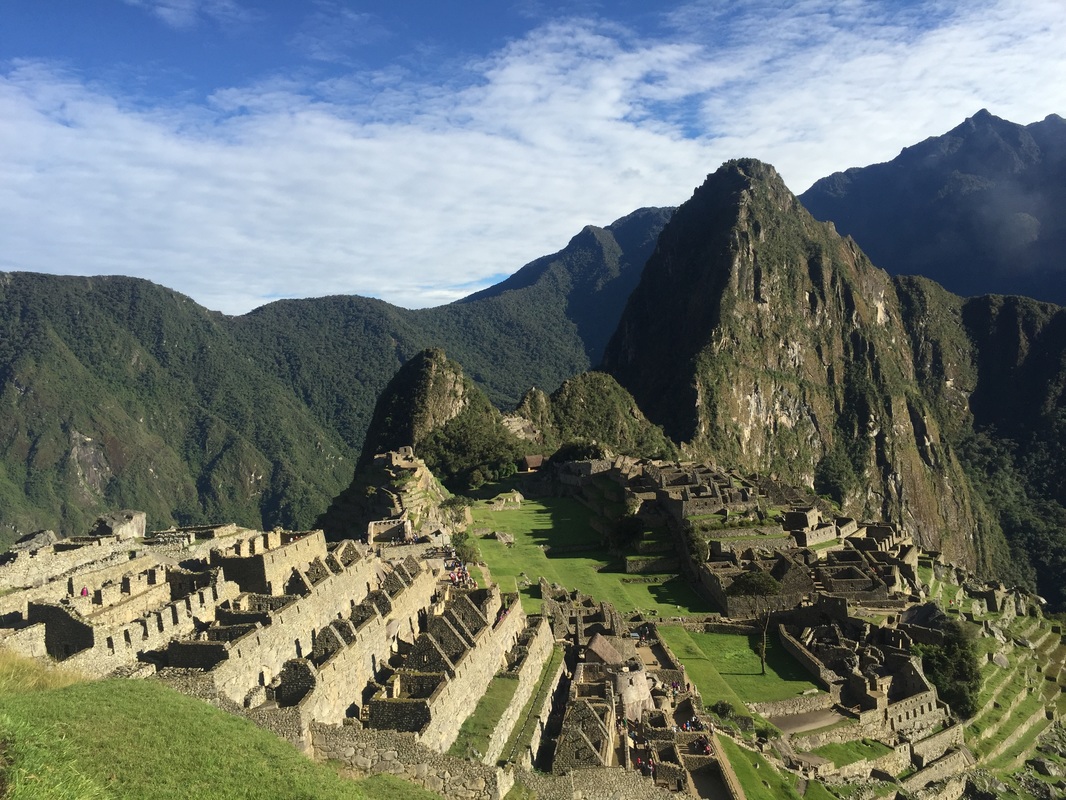

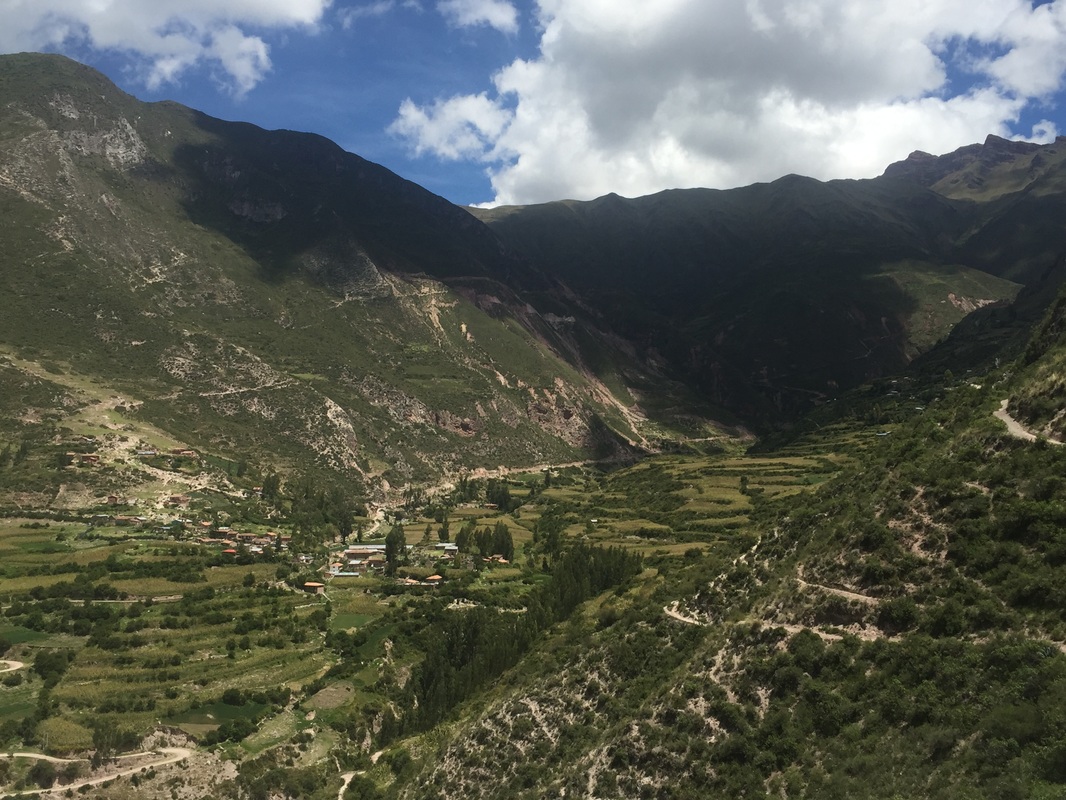



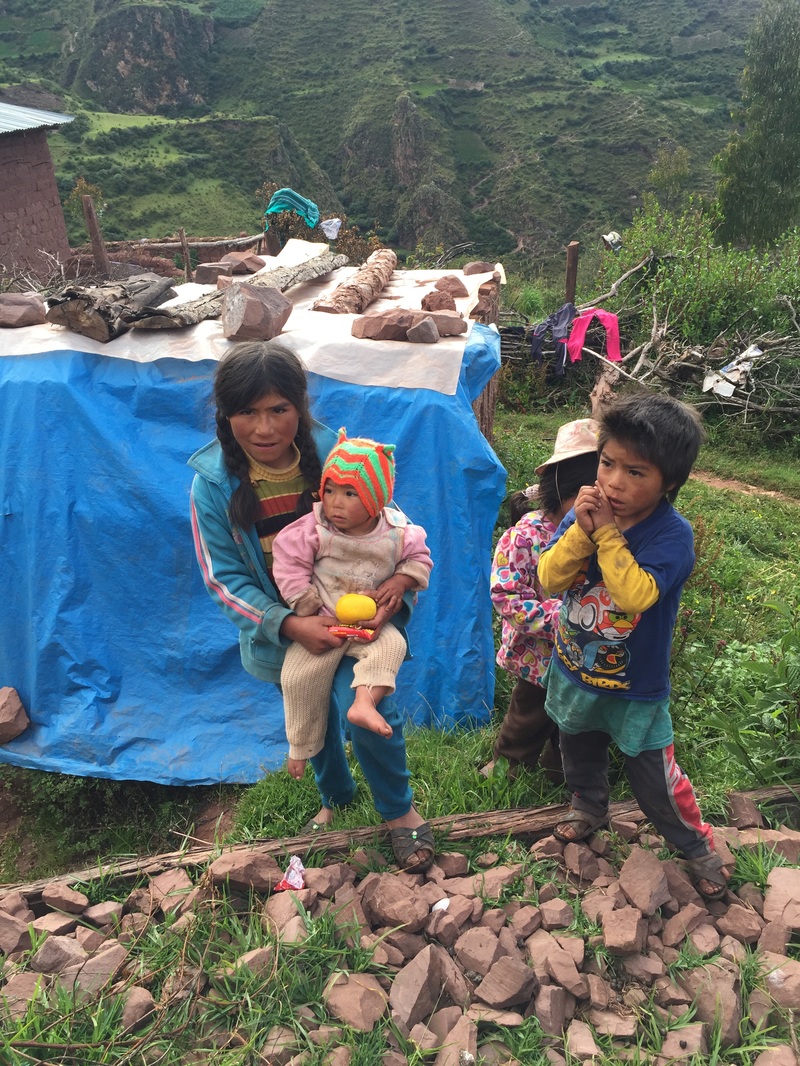
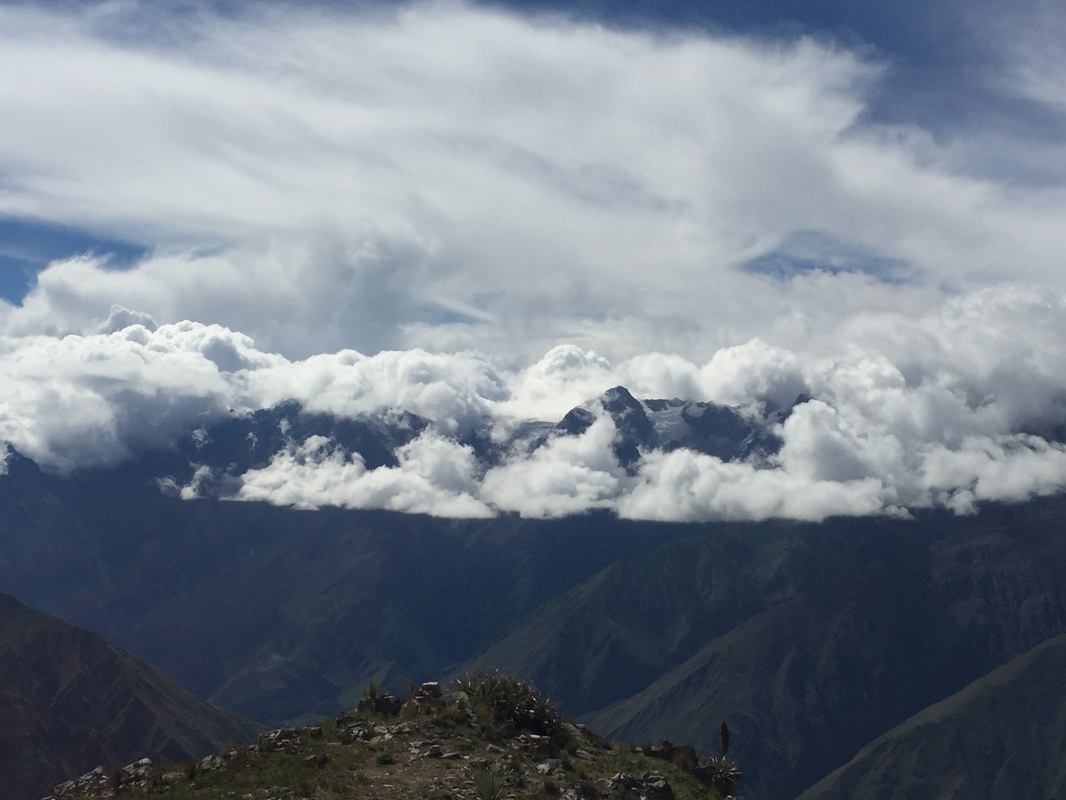

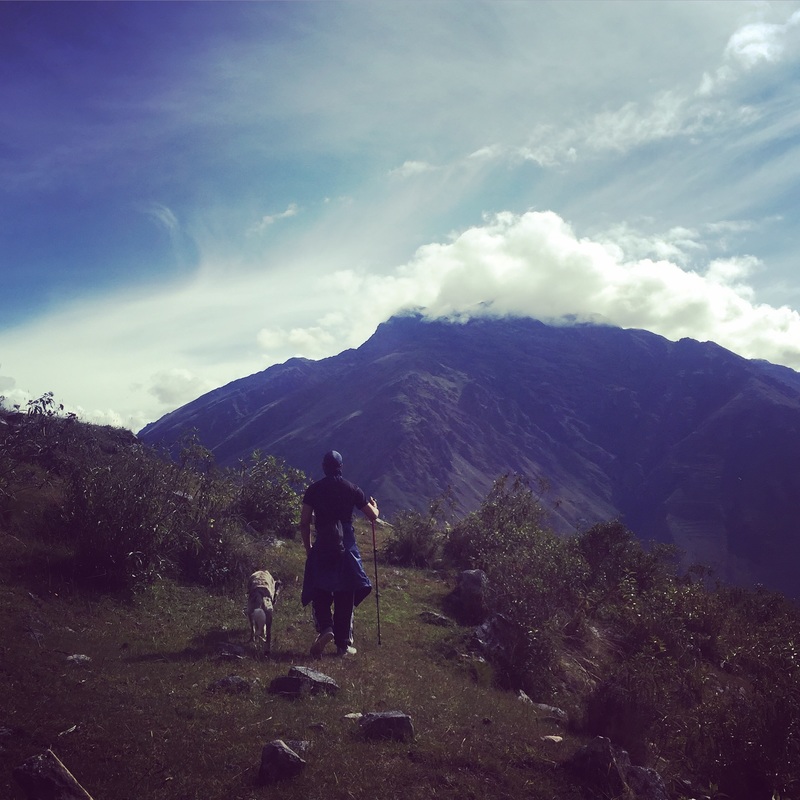
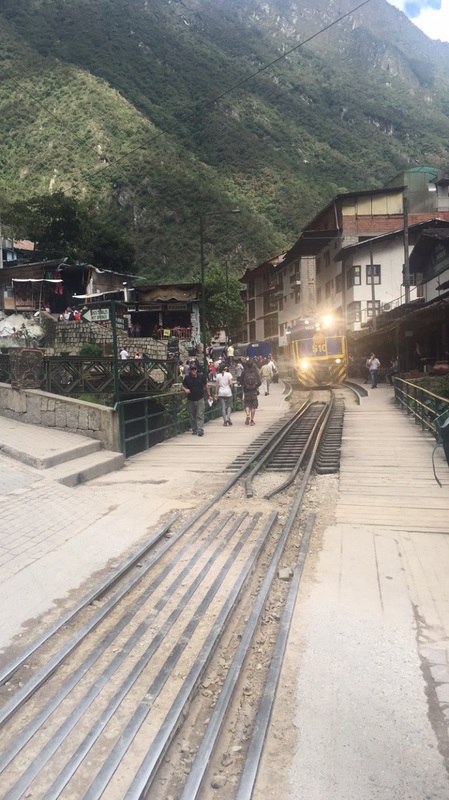

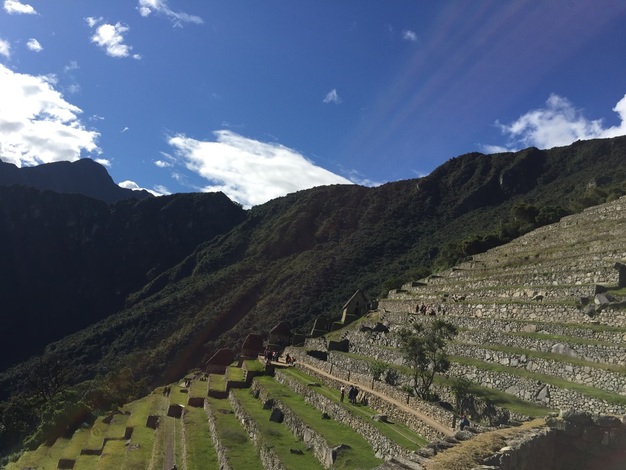

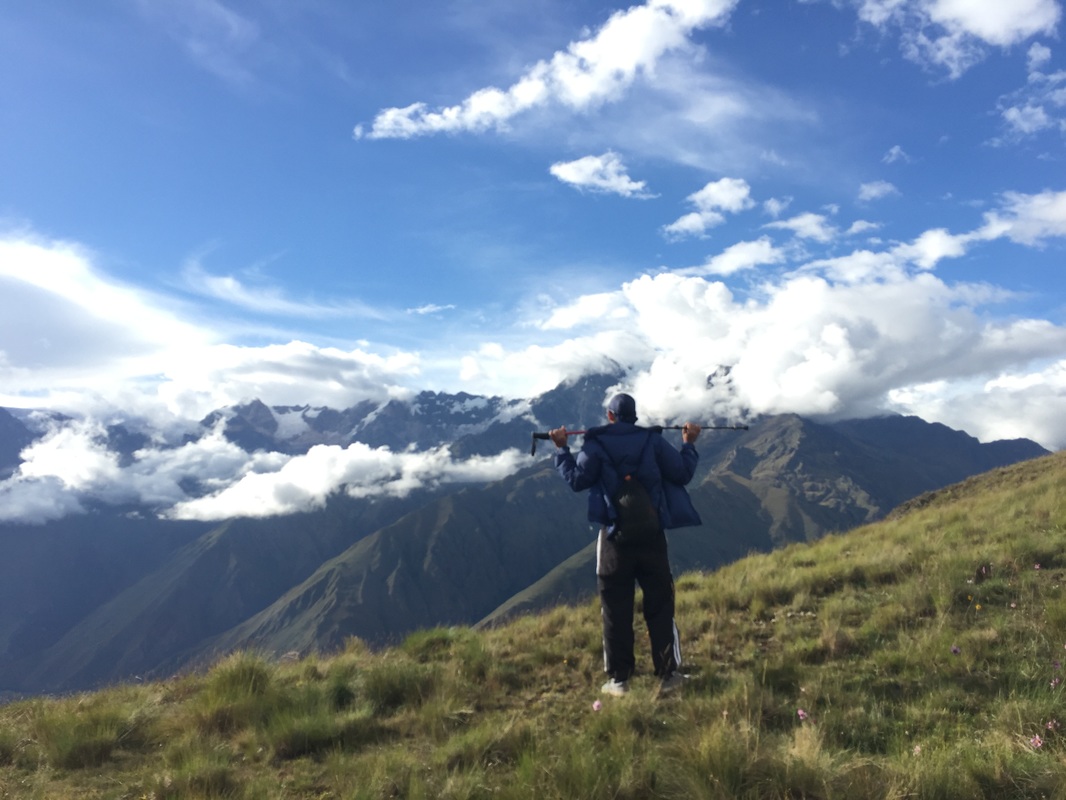

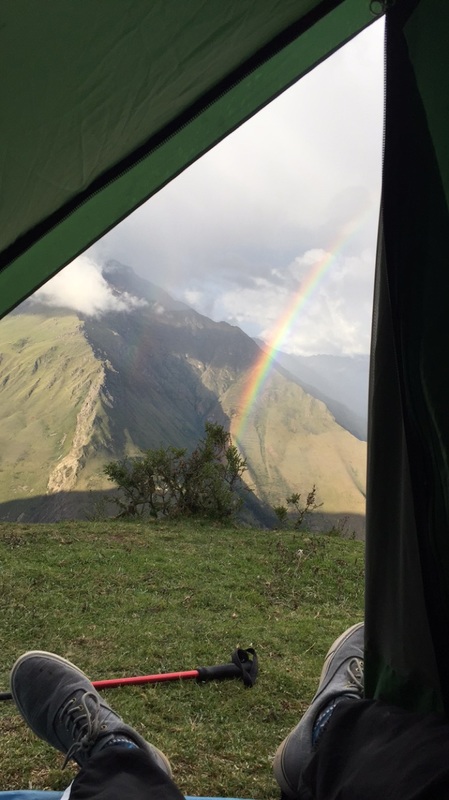

 RSS Feed
RSS Feed